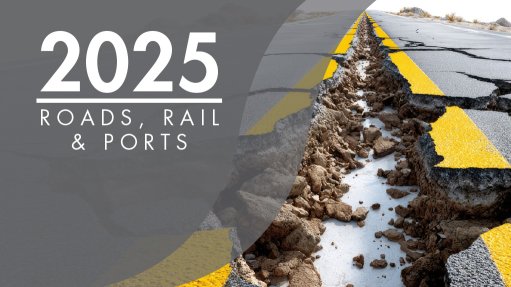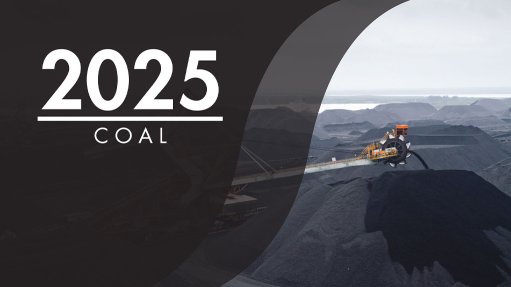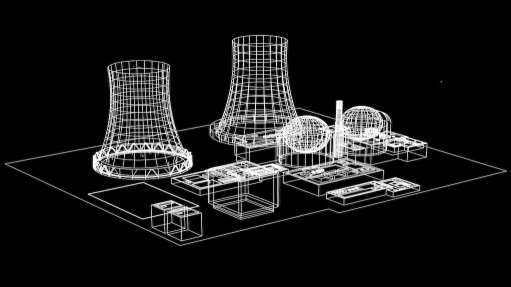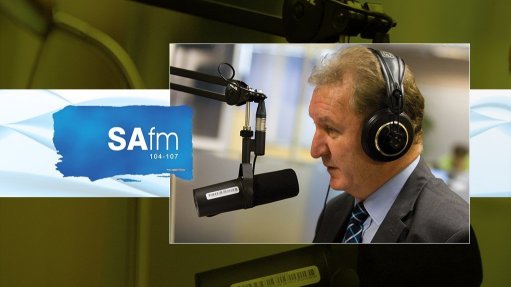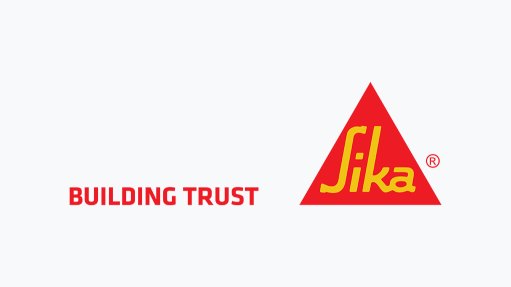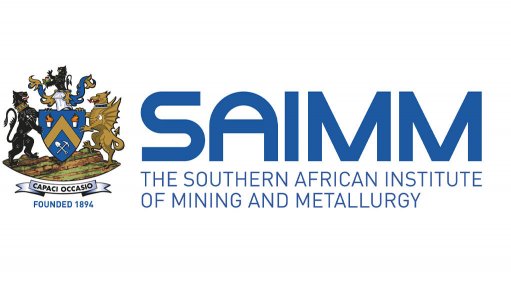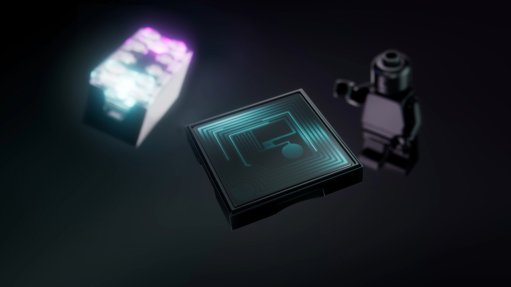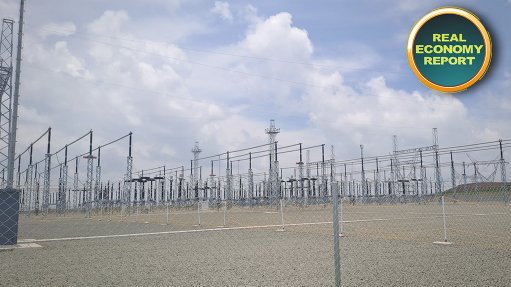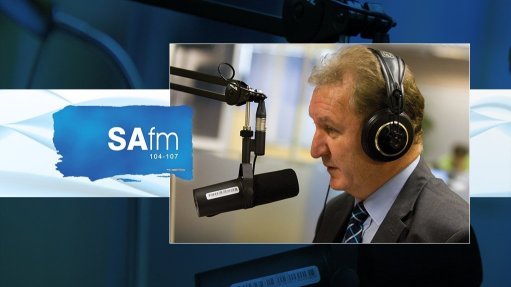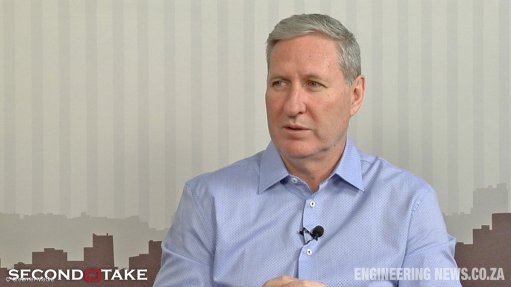TE’s re-engineering effort to return standing CRRC fleet back to service

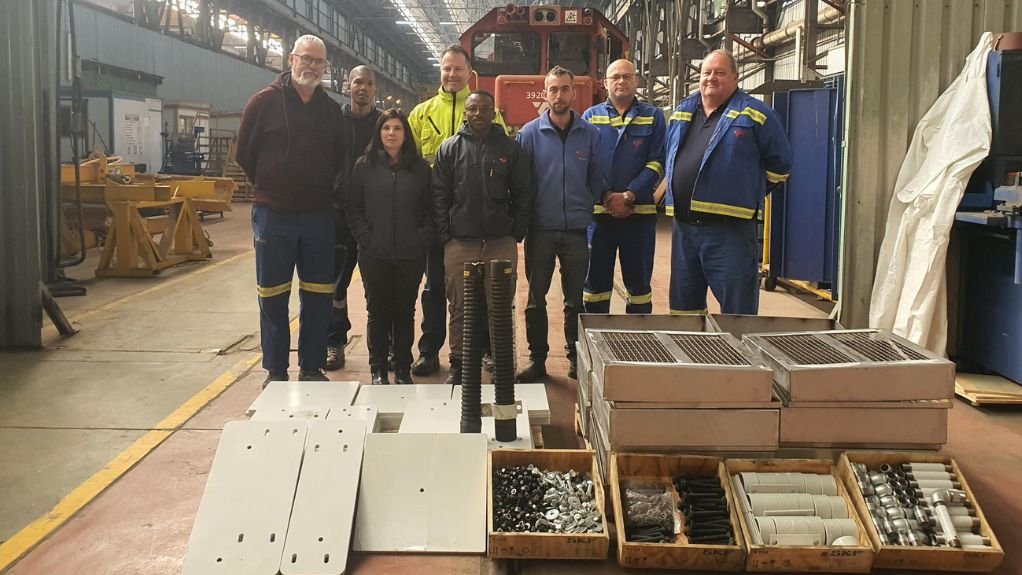
RIGHT TRACK The TE team have been working tirelessly to return the CRRC locomotives to active service across South Africa’s rail network
After years of legal battles, broken contracts and idling locomotives, a team of specialists from Transnet Engineering (TE) have started to restore dozens of high-powered locomotives, supplied by Chinese manufacturer CRRC, thereby overcoming the current deadlock with CRRC and working towards bringing critical freight hauling capacity back online.
The CRRC saga stems from Transnet’s locomotive contracts, awarded between 2012 and 2014, which were later tainted by allegations of corruption.
Following a fallout over irregularities, the contracts were put on hold, prompting CRRC to halt the supply of spare parts and technical support. The net result was hundreds of CRRC locomotives left standing, unable to be utilised in service.
“Our engineering team, with institutional knowledge accumulated on the locomotives, has through a series of investigations, integration, and in-service testing of alternate components, been able to systematically identify faults and develop specifications and/or drawings, essentially finding workaround solutions to get the long-standing locomotives back into service,” TE GM Collin Moopanar tells Engineering News.
“Following the departure of the CRRC technical personnel, we were confronted with technical issues, without support from the original-equipment manufacturer (OEM). One of the key issues encountered was the lack of technical documentation, or available datasheets, for the failing components that were originally installed on the locomotives by CRRC.”
Moopanar adds that, as these components did not display any serial numbers, text or data plates indicating which entity originally supplied them, it was a “daunting task” to identify suitable replacement components.
“We had components that either failed, were obsolete or unavailable in the local market, and these had no drawings or sufficient technical information to source a suitable replacement.”
However, TE’s engineers have since identified and re-engineered technically acceptable replacement components.
Compressors
Moopanar outlines three key successes, the first of which is a successful re-engineering initiative to retrofit an alternative compressor onto the CRRC locomotive fleet operating on the North Corridor.
After months of work and “rigorous” user- acceptance testing, the retrofit process was officially accepted by the technology team at TE’s sister company Transnet Freight Rail (TFR). This acceptance confirmed that TE’s solution met the technical performance standards required for the brake systems used in 208-wagon train configurations on the coal line.
Building on this achievement, the team manufactured 150 retrofit kits for the SL22 compressor, which were delivered to Richards Bay. More than 60 CRRC locomotives have been fitted with these compressors, which helped to sustain their availability and directly supported Transnet’s recovery plan.
Batteries
The depot-level initiative that significantly reduced the number of CRRC locomotives taken out of service owing to battery issues is another success.
One of the major challenges facing Transnet had been a shortage of the specialised batteries originally supplied by CRRC, which left many locomotives stranded.
To address this, the TE team identified and tested an alternative battery type that could be used in place of the original CRRC-specified units. This substitution was not only technically feasible but also readily available, which helped ease the supply challenges associated with the OEM-fitted batteries.
The team also successfully repaired and restored several battery charger modules, which are critical for keeping the battery systems functional and ensuring reliable locomotive startup and operation.
These efforts have helped reduce downtime across the fleet.
Wheelsets
The third achievement involves the successful re-engineering of wheelsets and associated wheelset components, which are critical to the safe and efficient operation of any locomotive. Wheelsets are the combined assembly of wheels and axles that enable the train to move smoothly along the tracks.
Many of these CRRC locomotive wheel components were reaching the end of their useful operational life and required change-outs. Because replacement components were either unavailable or in limited supply from the OEM, the TE team developed and implemented a process to re-engineer these wheelsets and their key components with proven wheelset components.
Although Moopanar and his team have been working tirelessly to return the CRRC locomotives to active service across South Africa’s rail network, he notes that the impact of these engineering interventions does not always translate to an immediate return to service. The locomotives have been idle for extended periods, and are often characterised by multiple component failures, making the repair process more complex and time-consuming.
“We are definitely making significant progress to find locally available alternative solutions. Our main priority remains to develop solutions to return the long-standing CRRC fleet back into service to support Transnet’s Reinvent for Growth strategy. If that brings us the title of ‘preferred original-equipment manufacturer’, then it would be [tangential] to our primary goal of improving the CRRC fleet availability,” he concludes.
Article Enquiry
Email Article
Save Article
Feedback
To advertise email advertising@creamermedia.co.za or click here
Comments
Announcements
What's On
Subscribe to improve your user experience...
Option 1 (equivalent of R125 a month):
Receive a weekly copy of Creamer Media's Engineering News & Mining Weekly magazine
(print copy for those in South Africa and e-magazine for those outside of South Africa)
Receive daily email newsletters
Access to full search results
Access archive of magazine back copies
Access to Projects in Progress
Access to ONE Research Report of your choice in PDF format
Option 2 (equivalent of R375 a month):
All benefits from Option 1
PLUS
Access to Creamer Media's Research Channel Africa for ALL Research Reports, in PDF format, on various industrial and mining sectors
including Electricity; Water; Energy Transition; Hydrogen; Roads, Rail and Ports; Coal; Gold; Platinum; Battery Metals; etc.
Already a subscriber?
Forgotten your password?
Receive weekly copy of Creamer Media's Engineering News & Mining Weekly magazine (print copy for those in South Africa and e-magazine for those outside of South Africa)
➕
Recieve daily email newsletters
➕
Access to full search results
➕
Access archive of magazine back copies
➕
Access to Projects in Progress
➕
Access to ONE Research Report of your choice in PDF format
RESEARCH CHANNEL AFRICA
R4500 (equivalent of R375 a month)
SUBSCRIBEAll benefits from Option 1
➕
Access to Creamer Media's Research Channel Africa for ALL Research Reports on various industrial and mining sectors, in PDF format, including on:
Electricity
➕
Water
➕
Energy Transition
➕
Hydrogen
➕
Roads, Rail and Ports
➕
Coal
➕
Gold
➕
Platinum
➕
Battery Metals
➕
etc.
Receive all benefits from Option 1 or Option 2 delivered to numerous people at your company
➕
Multiple User names and Passwords for simultaneous log-ins
➕
Intranet integration access to all in your organisation





